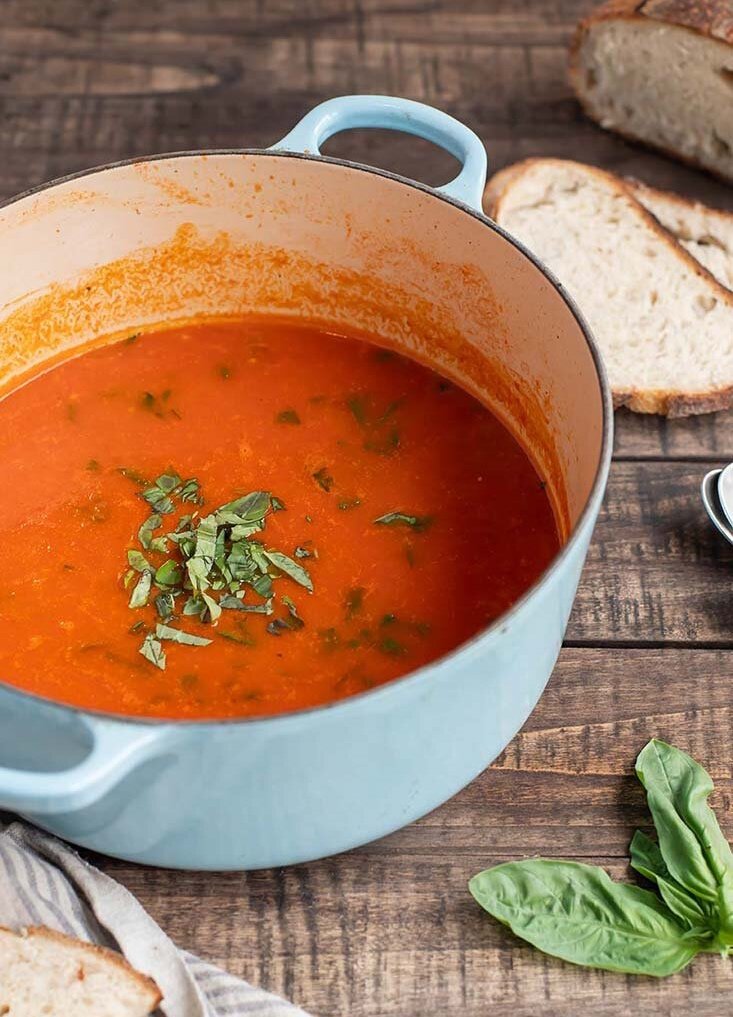Homemade Loose Leaf Masala Chai Tea
/Update! This recipe is one of my faves. I shot new photos in December of 2018, and updated the recipe a little bit. Watch the video below!
My first introduction to this spicy drink was in middle school, when my mom brought home a carton of Oregon Chai concentrate. Little did I know that single discovery would take me on quite the Chai-adventure!
I quickly learned to love plenty of other types of chai — and began to prefer spicier flavors over sweeter ones (if you’ve tried Oregon Chai, you know it’s pretty dang syrupy!). Bhakti Chai was a small start up in my home town at the time, and I fell in love with the pungent ginger in each sip. A mug of Bhakti Chai became a very special treat when I went to college — something I’d buy myself when I went to the school library during finals week.
I visited India with my dad when I was about 15. There, chai was served out of little carts on every street corner. It was called “Masala Chai,” because the word “chai” in Hindi simply means “tea.” Each cart served up their own recipe, a proprietary blend of spices and served with raw sugar. I scribbled down one recipe from a woman in Udiapur, and have been using that as my baseline ever since. But that’s the thing with Masala Chai: everyone’s version is slightly different. Some people want it sweet and cinnamon-y. Others want the ginger to be bright and bold and in your face. Me? I’m a cardamom lover, though I don’t object to the ginger, either. I also prefer honey over sugar. Lately I’ve been digging this Lazy Bee Ranch Whipped Honey, made locally in Colorado.
Once you’ve made Masala Chai three or four times, you’ll start to realize which camp you sit in, and you can adapt your own recipe to match exactly that.
Making chai at home is far superior in terms of flavor than buying tea bags. It’s also far cheaper than buying pre-made concentrates. If I’m going to make a big batch of chai at home, I’ll use fresh ginger root and simmer it with spices in a soup pot. It usually doesn’t last more than a day — we drink it non-stop until it’s gone.
This recipe, however, calls for ginger tea (not crystallized ginger, but dried ginger) instead of fresh ginger. Why? Well, sometimes a girl wants her chai and she doesn’t want to bowl a whole soup pot just to get a mug of it! 🙃Using dried ginger means you can keep this tea in your cupboard with the rest of your teas, and brew a mug at a time on demand whenever you please. It’s the best for when I need a pick me up on a work day.
I also almost always make a hot mug of chai in my thermos when we go climbing or hiking in the spring, fall, or winter. It keeps me warm when it starts to get chilly, and I enjoy the caffeine lift in the afternoon.
Homemade Loose Leaf Masala Chai Tea
Yield: 15 | Active Time: 40 minutes
Ingredients:
Directions:
- Place cardamom pods, cloves, peppercorns, allspice berries, anise seeds and cinnamon stick in a small skillet. Toast over low heat, stirring, until spices are fragrant.
- Scrape spices into a mortar and pestle, and roughly grind the spices.
- Combine Assam tea, ginger, and ground spices in a bowl or jar. Stir to combine.
- Tea can be stored at room temperature in an air tight jar for quick some time — it may start to loose some of it’s flavor after a few months.
- To brew: Heat 8 ounces of hot water. Place tea in a fine mesh tea stainer in a mug, and pour water into mug. Allow to steep for 5 minutes, then remove tea and strainer from mug. Sweeten with honey and milk to taste.
- You may find that the bottom of your mug had spices in it — that’s where all the flavor comes from! I avoid drinking that very last sip, just like I might avoid taking the very last sip of sludgy French press coffee. Personal preference!











